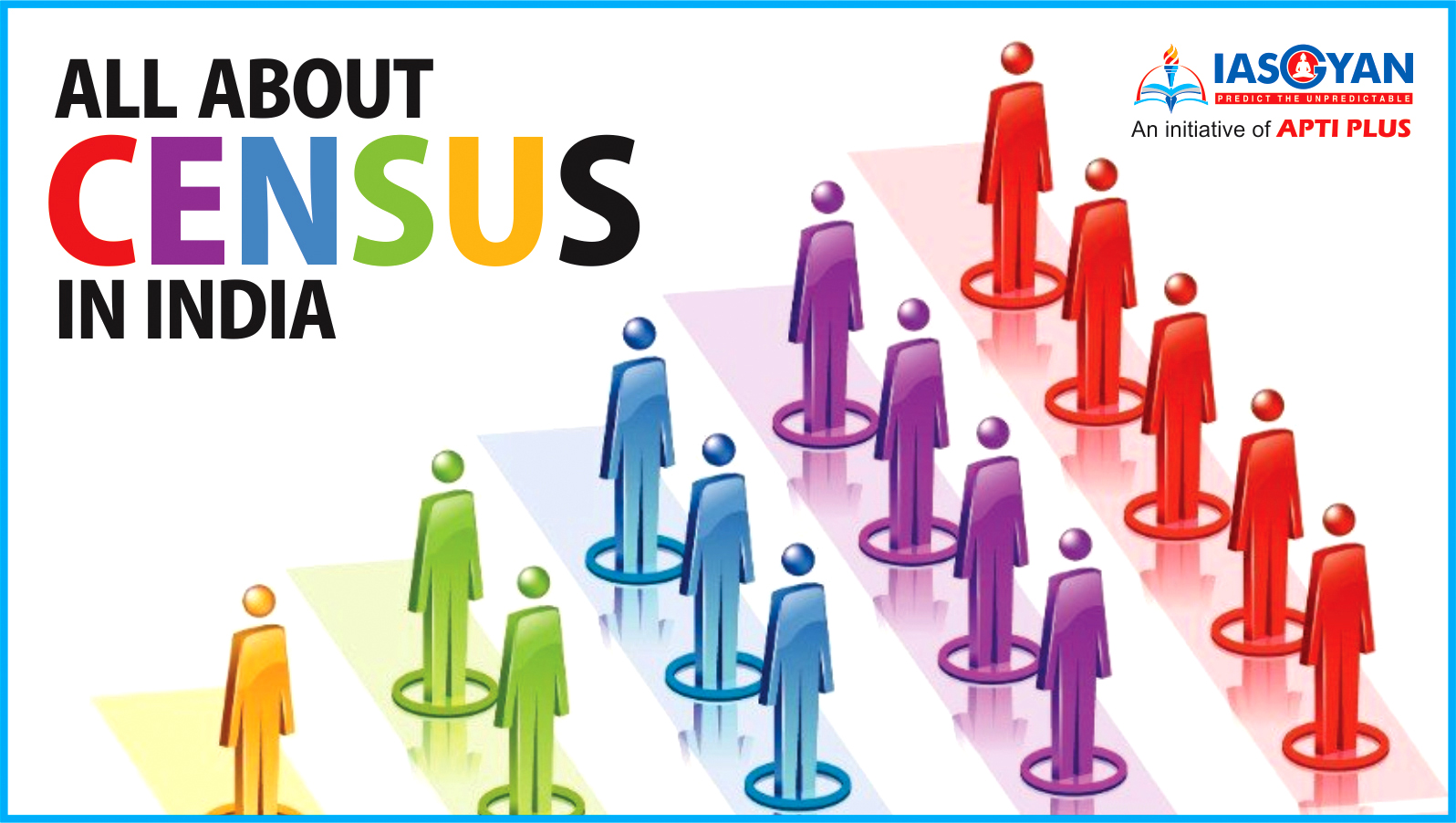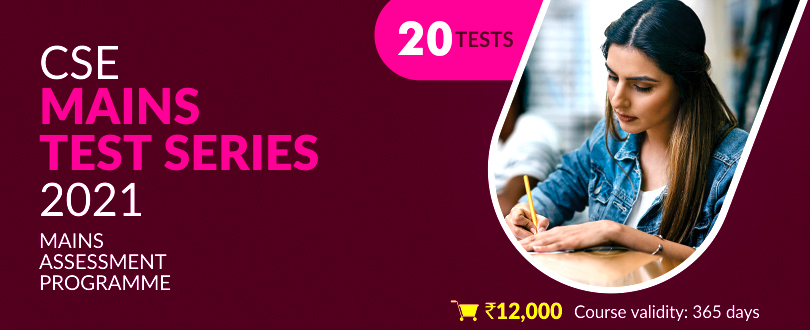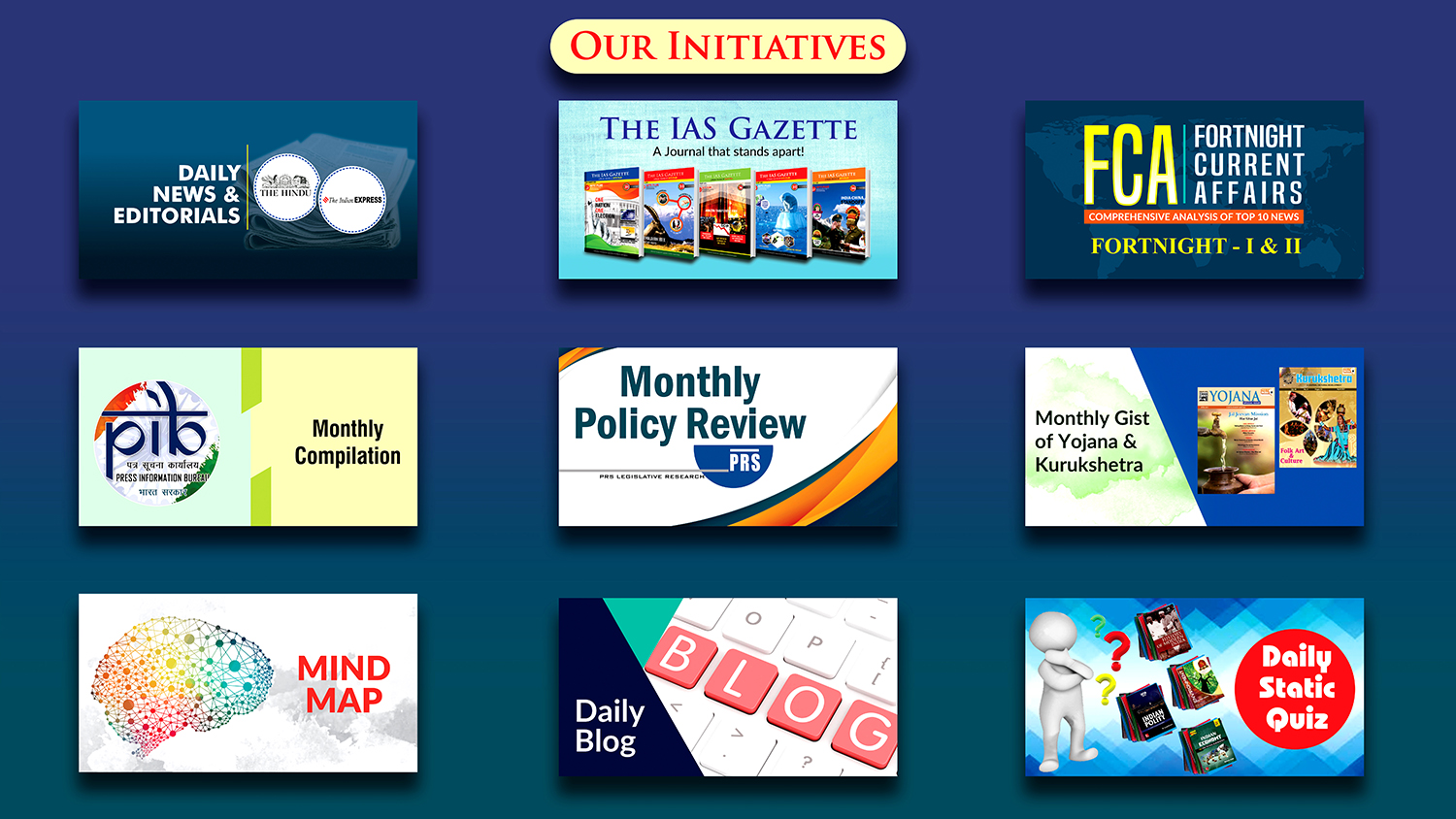





Non-synchronous Census
First synchronous census

Important points to know about the Census process:
Census data is taken by visiting each and every household and gathering particulars by asking questions and filling up census forms.
The information collected during the process is confidential. In fact, this information is not even accessible to the courts of law.
The forms are transported to data processing centres located at 15 cities across the country.
This technology came in India in Census 2001 and has become the benchmark for censuses all around the globe.
This involves the scanning of the census forms at high speed and extracting the data automatically using computer software.

Administration and Policy
Research Purposes
Business and Industry
Planning
Vital statistics
Targeted distribution of Tax Revenues


© 2026 iasgyan. All right reserved